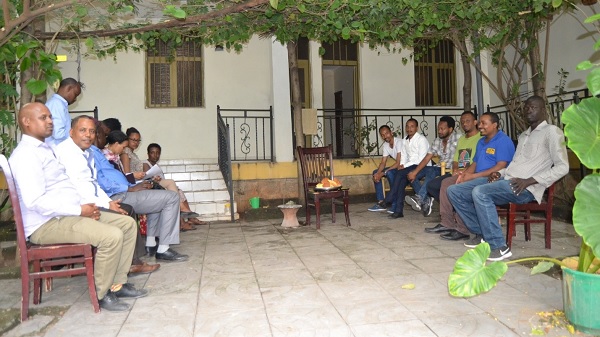
After an isolated outbreak in 2017, the Ethiopian national program intensified interventions including aggressive treatment of potentially contaminated water sources, resulting in zero human Guinea worm cases in 2018.
ATLANTA (The Carter Center)–Just 28 human cases of Guinea worm disease were reported in 2018, down slightly from 30 cases reported in 2017. When The Carter Center assumed leadership of the Guinea Worm Eradication Program in 1986, there were an estimated 3.5 million human cases annually in 21 countries in Africa and Asia.
Of the many diseases that plague humankind, only one, smallpox, has ever been eradicated. Dr. Donald R. Hopkins, who was a key participant in the smallpox campaign and architect of the international Guinea worm eradication campaign and now is the Carter Center’s special adviser for Guinea worm eradication, calls disease eradication “the holy grail of public health.” Guinea worm, polio, and yaws are the only diseases currently targeted for eradication by World Health Assembly resolutions.
During 2018, 17 human cases of Guinea worm disease were reported in Chad, 10 in South Sudan, and one in Angola. None were reported in Ethiopia, where there had been 15 cases in 2017; nor were any human cases reported in Mali, where none have been reported since 2015. (Normally a lack of cases over such a long stretch would mean a country had interrupted transmission of the disease; however, Mali is still considered endemic, partly because of a few infections in domestic dogs and cats and because large areas are inaccessible to health workers due to insecurity.)
“Each of these cases is a human being with a family and a life,” said Adam Weiss, who was named director of the Guinea Worm Eradication Program in 2018 after nearly 15 years working with the program in four endemic countries. “These aren’t just numbers, these are people. This is why tens of thousands of volunteers, technical advisers, and staff are working in thousands of villages to find and contain the last cases of this miserable disease and show people how to wipe it out once and for all.”
All 2018 figures are provisional until officially confirmed in March 2019.
Although the centuries-long story of Guinea worm disease is gradually coming to an end, the progress took a couple of turns in 2018: While human cases continue to dwindle, Guinea worm infections in animals continue to be reported; South Sudan detected new cases in May during enhanced surveillance activities after going 21 months with no cases reported; and a single, isolated case appeared in Angola, a country that had never reported a case before.
Country details:
Ethiopia: After an isolated outbreak in 2017, the Ethiopian national program intensified interventions, including stringent surveillance, greater promotion of cash rewards, rapid response to rumors of infections, and aggressive treatment of potentially contaminated water sources, resulting in zero human cases in 2018. Ethiopia reported infections in 11 dogs, five cats, and one baboon, all in one remote district in the southwest.
Read other countries’ details at The Carter Center
